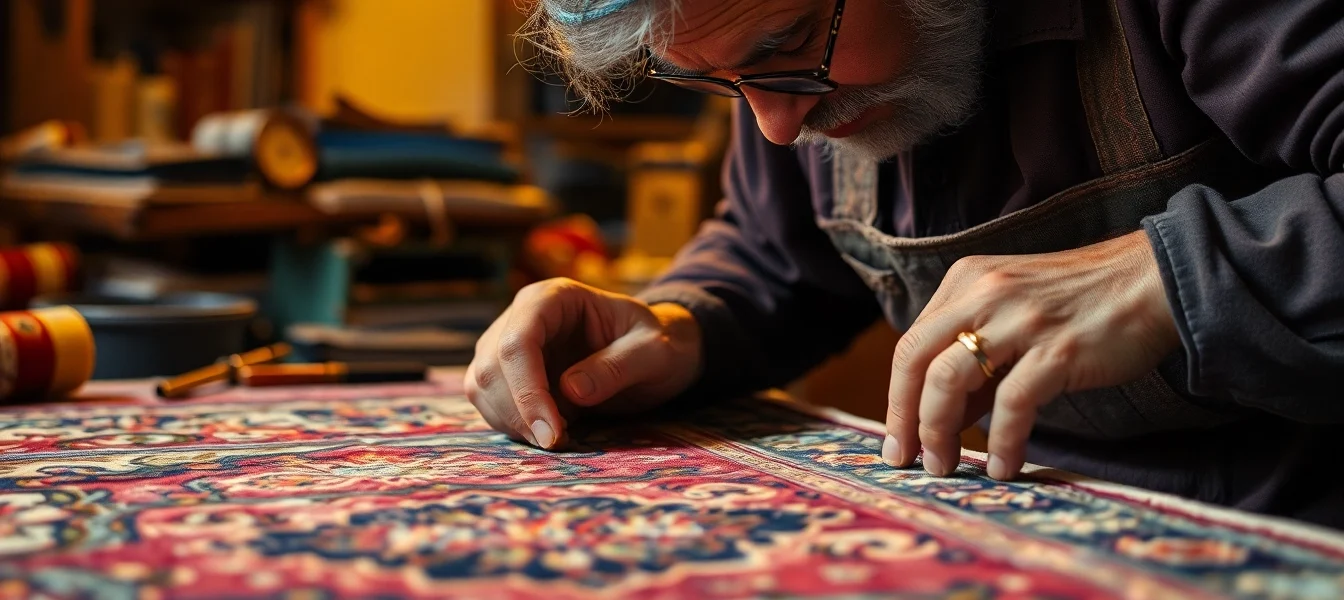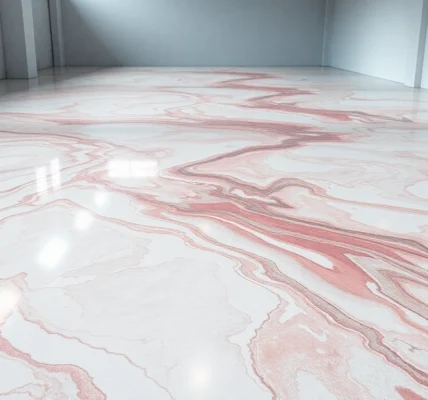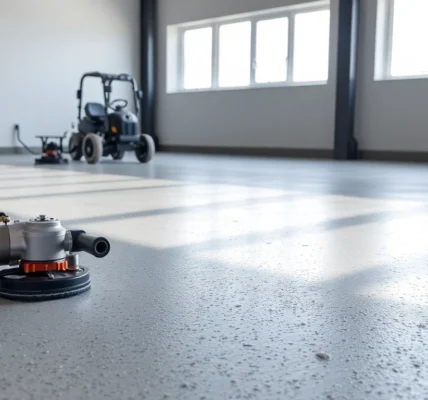Understanding the Importance of Restauro Tappeti Milano
In a city renowned for its rich history, art, and craftsmanship, the preservation of cultural heritage extends beyond paintings and architecture to include exquisite textiles such as traditional and antique carpets. Restoring these masterpieces is essential not only for aesthetic appeal but also for maintaining their historical and monetary value. When seeking such specialized services in Milan, the term Restauro Tappeti milano encapsulates a comprehensive approach aimed at revitalizing carpets through expert techniques. Professional restoration safeguards investments, extends the lifespan of rugs, and ensures that their beauty endures for generations.
Why Professional Restoration Matters
Carpets are more than decorative elements; they are woven histories, often filled with cultural symbolism and artisanal precision. Over time, however, exposure to environmental factors, improper cleaning, or accidental damage can compromise their integrity. DIY cleaning methods or amateur repairs may unintentionally worsen damage such as fraying, color fading, or structural weakening. Engaging expert restorers guarantees adherence to high standards, employing specialized tools and techniques that preserve authenticity while repairing damage effectively.
In Milan, where design and craftsmanship come together, professional restoration is a prudent investment for owners of valuable or antique rugs. It penetrates deep to repair underlying damage, restore original colors, and reinforce the fabric—actions impossible to achieve with generic cleaning or patchwork. Furthermore, trusted restoration services also provide documentation of authenticity and condition, which can be vital for resale or inheritance purposes.
Types of Damages in Tappeti and Their Impact
Physical Damages
Includes tears, holes, and frayed edges caused by accidental snagging or wear over time. These structural issues compromise the integrity and safety of the rug and can accelerate deterioration if untreated.
Color Fading and Bleaching
Sun exposure, moisture, or chemical reactions can fade dyes, diminishing visual appeal and value. Restoration involves color correction and sometimes delicate re-dyeing to restore original vibrancy.
Stains, Macchie, and Biological Damage
Organic stains from spills, pet accidents, or mold pose both aesthetic and health risks. Effective cleaning and biocidal treatments are essential for safe, thorough restoration.
Fringes and Edges Deterioration
Fringes often suffer from untangling, fraying, or loss, impacting the rug’s overall look. Expert repair includes reweaving or reattaching fringes to preserve authenticity.
Each damage type affects the rug’s visual and structural integrity, necessitating tailored restoration strategies to prevent further degradation and preserve value.
Benefits of Restauro Tappeti Milano for Long-Term Preservation
Beyond immediate aesthetic improvement, professional restoration offers long-term benefits:
- Enhanced Durability: Reinforcing fibers and repairing structural faults extend the lifespan of your rug.
- Restoring Original Beauty: Expert color retouching revives vibrancy, bringing your carpet back to life.
- Preservation of Cultural Value: Maintaining authentic craftsmanship supports cultural heritage conservation.
- Inflation-Proof Investment: Restored carpets retain or even increase in market value, especially when restoration is documented professionally.
For valuable or antique pieces, this process ensures that both artisanal quality and monetary worth are preserved, offering owners peace of mind and ongoing aesthetic pleasure.
Step-by-Step Guide to Expert Tappeti Restauro
Initial Assessment and Damage Evaluation
The restoration process begins with a comprehensive assessment performed by skilled artisans. This involves inspecting the entire carpet to identify damages, fiber types, dye stability, and any underlying issues. Detailed documentation, including high-resolution photographs and condition reports, helps plan the restoration steps and set realistic timelines and costs.
Cleaning, Repair, and Restoration Techniques
Following assessment, thorough cleaning is performed using specialized techniques such as delicate hand washing with pH-neutral solutions, dry cleaning, or low-moisture methods, tailored to preserve dyes and fibers. Repairs involve patching or reweaving damaged areas, re-fringing, and restoring color consistency via eco-friendly dyes. Restorers utilize traditional hand knotting, modern weaving technologies, and chemical stabilization agents to ensure authenticity and durability.
Finishing Touches and Final Quality Checks
Once repairs are complete, the restoration includes final inspections for color consistency, structural integrity, and overall appearance. Additional treatments like protective coatings or anti-UV finishes can be applied to prolong the effect. The outcome is verified through expert evaluation, ensuring the restored carpet meets museum-quality standards and customer expectations.
Choosing the Right Restauro Tappeti Milano Provider
Criteria for Selecting Skilled Restoration Artisans
Opt for experienced professionals with a proven track record in antique and modern rug restoration. Look for certifications, case studies, and client testimonials that demonstrate craftsmanship and reliability. A reputable provider should employ traditional techniques and utilize high-quality, eco-conscious materials.
Questions to Ask Before Committing
- What is your expertise with specific carpet types and ages?
- Can you provide references or before-and-after images?
- What are the estimated costs and timeframes?
- Do you offer guarantees or warranties?
How to Evaluate Restoration Quotes and Turnaround Times
Compare detailed proposals that outline specific procedures, materials used, costs, and timelines. Be wary of excessively low prices, which may compromise quality. Transparency and clear communication are key to ensuring a satisfactory restoration process.
Cost Factors and Value of Restauro Tappeti Milano
Price Ranges and What Influences Costs
The cost of restoring a carpet varies widely, typically from €50 to €1,000 or more depending on several factors, including the extent of damage, size, age, and intricacy of design. Antique or heavily damaged rugs naturally command higher prices due to the skill and labor involved.
Understanding the Value of Professional Restauro
Investing in expert restoration enhances your rug’s aesthetic appeal and secures its value. Authentic repairs, careful dye matching, and documentation transform your carpet into a cherished heirloom or a collector’s item. Such investment often results in increased resale value and preservation of cultural heritage.
Tips to Get the Best Investment Return for Your Rugs
- Choose certified and reputable restorers.
- Opt for documentation of restorations for provenance.
- Regularly maintain your rugs with appropriate cleaning techniques.
- Store carpets in optimal conditions to prevent future damage.
Aftercare and Maintenance for Restored Tappeti
Proper Cleaning and Handling Tips
Use gentle, professional cleaning methods—preferably dry cleaning or supervised hand washing—to preserve restored colors and fibers. Avoid harsh chemicals or abrasive tools that could undo repairs or cause new damage.
Strategies to Prevent Future Damages
Place rugs away from direct sunlight, humidity, and high-traffic areas. Use padding underneath to reduce wear, and address spills immediately with proper blotting and cleaning. Regularly inspect the condition to detect early signs of deterioration.
Regular Inspection and Maintenance Schedule
Periodic professional inspections—ideally annually—can catch minor issues before they escalate. Periodic cleaning and wrapping in protective covers during off-seasons are also recommended to extend longevity.




